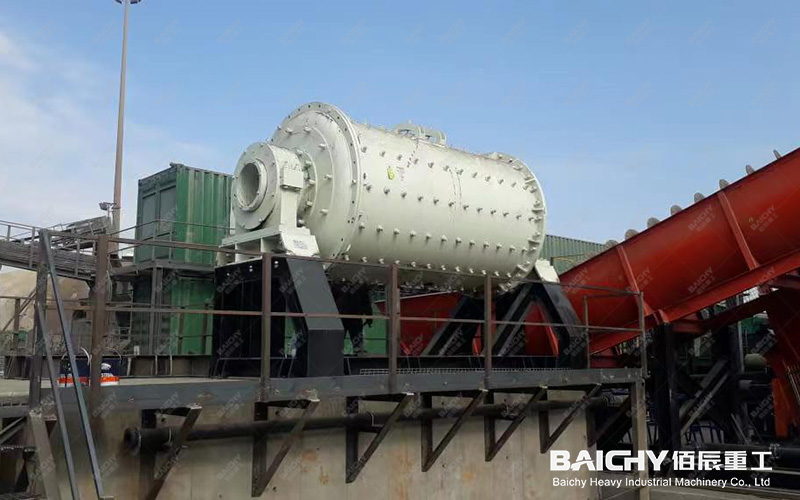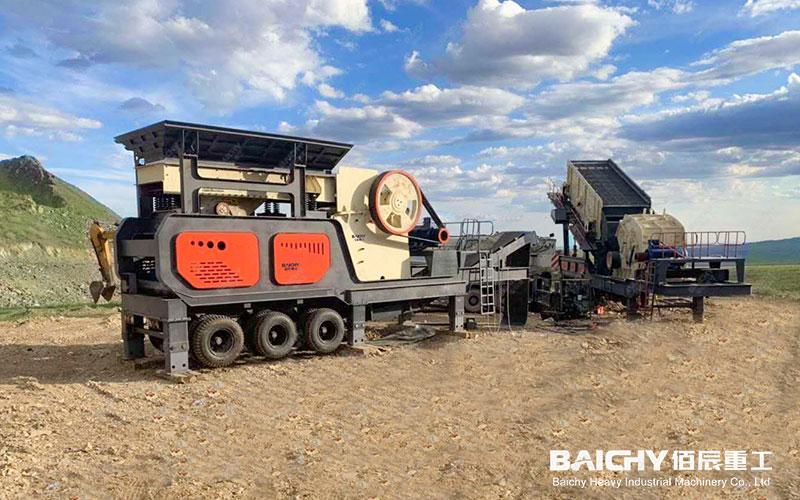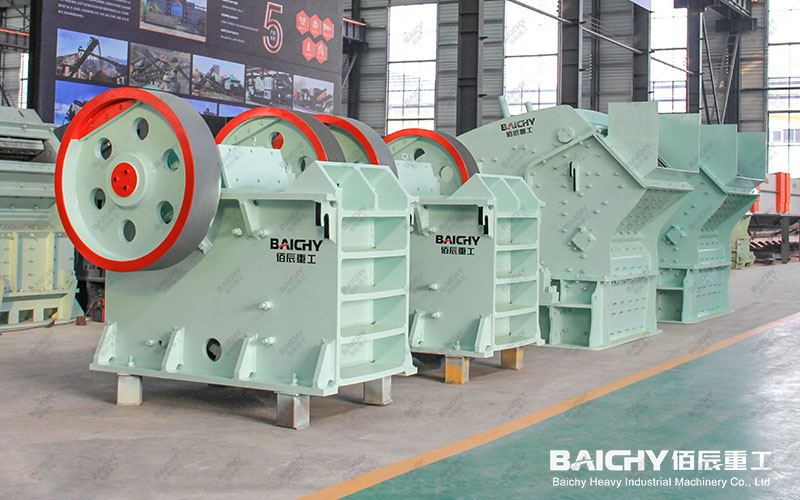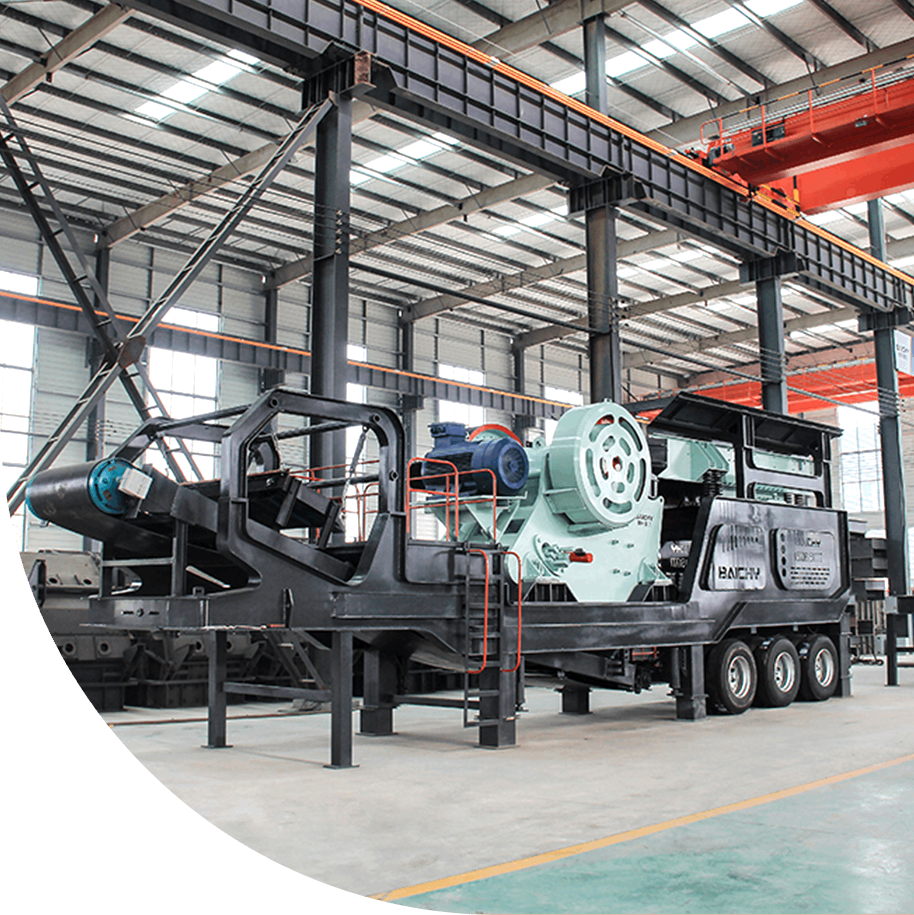30 t/h Tin Grinding Equipment Ball Mill Cost: An Underestimated Investment
When considering adding a 30 t/h ball mill to your tin concentrator, your first question is likely, "How much will this equipment cost?"
However, this is a classic misconception. If you focus solely on the initial purchase price of the equipment, you may be overlooking the core factor that truly determines project profitability: the total cost of ownership (TCO).
Today, we'll challenge conventional wisdom and delve into the true cost of a 30 t/h tin ball mill.
First Layer: The Visible "Above the Iceberg"—The Initial Purchase Cost
This is indeed the most intuitive component of the cost. The price of a qualified 30 t/h tin ball mill fluctuates depending on the following factors:
• Materials and Craftsmanship: The material of the drum liner (e.g., high-manganese steel, rubber liner) and the quality of the grinding media directly determine price and durability.
• Technical Configuration: The degree of automation (such as intelligent feeding systems and lubrication systems), motor brand and energy efficiency rating, and reducer type. The higher the configuration, the higher the initial investment.
• Market and Brand: Quotations from international brands, domestic first-tier brands, and small and medium-sized manufacturers vary significantly, driven by the inherent strength of their technological expertise, quality control, and after-sales service.
A rough estimate suggests the purchase cost of such a piece of equipment could range from hundreds of thousands to millions of RMB. But this is only the beginning of the story.
The Second Layer: The Hidden "Beneath the Iceberg"—Operational and Opportunity Costs (This is the Key!)
This is the watershed that distinguishes short-term trading from long-term value investing.
A cheap ball mill may mean high hidden costs in the future.
1. Energy Cost—The Biggest Cost-Eating Beast
• Ball mills are the largest electricity consumers in a beneficiation plant, potentially accounting for over 50% of the entire process. The total electricity costs of an inefficient, outdated ball mill over its lifetime can easily be several times its purchase price. At a processing capacity of 30 tons per hour, the per-kilowatt-hour price difference can be astronomical over the years.
2. Maintenance and Consumables Costs
• Wear of the grinding media (steel balls) and liners is a continuous consumption. Poor-quality equipment can lead to excessive wear, and frequent replacement not only incurs material costs but also means downtime.
• Frequency of Maintenance: Equipment with a high failure rate will continuously erode profits due to repair parts and labor costs.
3. Efficiency and Recovery Rate Costs—Invisible "Lost Profits"
• The fineness and uniformity of a ball mill's grinding process are directly related to the subsequent recovery rate of mineral processing. A poorly performing ball mill can result in inadequate tin mineral separation, preventing the effective recovery of valuable mineral particles, which are lost in the tailings. Every gram of tin lost is pure profit. This "opportunity cost" is often the highest, yet most easily overlooked.
4. Labor and Downtime Costs
• Low-automation equipment requires more manpower, increasing labor costs.
• Unplanned downtime means the entire production line is at a standstill, preventing production targets from being met, and the resulting losses far exceed the cost of the repair itself.
Unique Perspective: Shifting from a "Cost Mindset" to a "Value Mindset"
Therefore, when considering a 30 t/h tin ore ball mill, the consideration shouldn't be "who offers the cheapest quote" but rather "which solution offers the highest overall value over its entire lifecycle."
How to Make a Smart Investment?
1. Focus on Energy Efficiency: Prioritize energy-saving ball mills equipped with high-efficiency motors and optimized drive designs. The higher initial investment will be quickly recouped through electricity costs.
2. Focus on Wear Resistance: Detailed understanding of the liner and ball materials and their expected service life should be used to calculate the wear cost per ton of ore, rather than simply the purchase price.
3. Examine Technological Advancement: An intelligent control system ensures stable grinding concentration and fineness, which is key to improving recovery rates and saving energy. 4. Evaluate the supplier's comprehensive service offering: A quality supplier provides not only equipment but also process design, installation and commissioning, operator training, lifelong maintenance, and rapid spare parts response. This significantly reduces your operational risk and time costs.
The "cost" of a 30 t/h tin ore ball mill is a complex equation that integrates procurement cost, operating cost, efficiency cost, and risk cost. True low cost comes from a higher initial investment in exchange for lower long-term operating expenses and higher output returns.
So, when you request a quote again, be sure to ask the deeper question: "How much comprehensive cost savings per ton of ore can this equipment help me achieve?" This is the right way to start a successful investment.

Baichy Heavy Industry – Your Trusted Partner for Seamless Equipment Operation
To ensure optimal performance of your equipment, Baichy Heavy Industry offers:
- Professional on-site installation guidance
- Comprehensive operator training
- 24/7 technical support & maintenance services
Our complete after-sales service system guarantees long-term, stable operation of your machinery with minimal downtime.
Protect Your Rights – Only Use Official Channels
To avoid scams and ensure authentic support, contact us exclusively through:
• Official Website: www.baichychina.com
• WhatsApp: +8615093222637
• Email: [email protected]
Your satisfaction is our priority – expect prompt, professional service every time.
(Note: Beware of unauthorized third parties claiming to represent Baichy. Always verify through official contacts.)
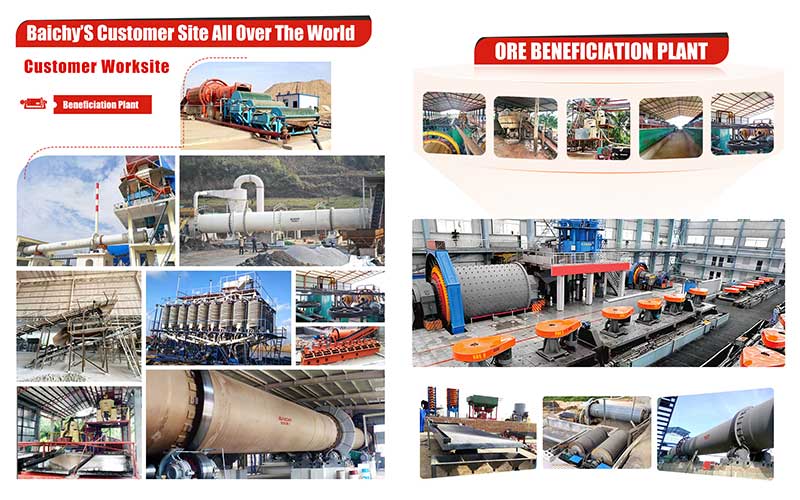
Further reading:
How To Reduce The Energy Consumption Of Ball Mill? 5 Practical Energy-Saving Tips
How To Improve Ball Mill Efficiency? 5 Practical Tips
Ball Mill Maintenance Guide : 10 Key Methods To Extend Life
How To Choose A Suitable Ball Mill Model?


